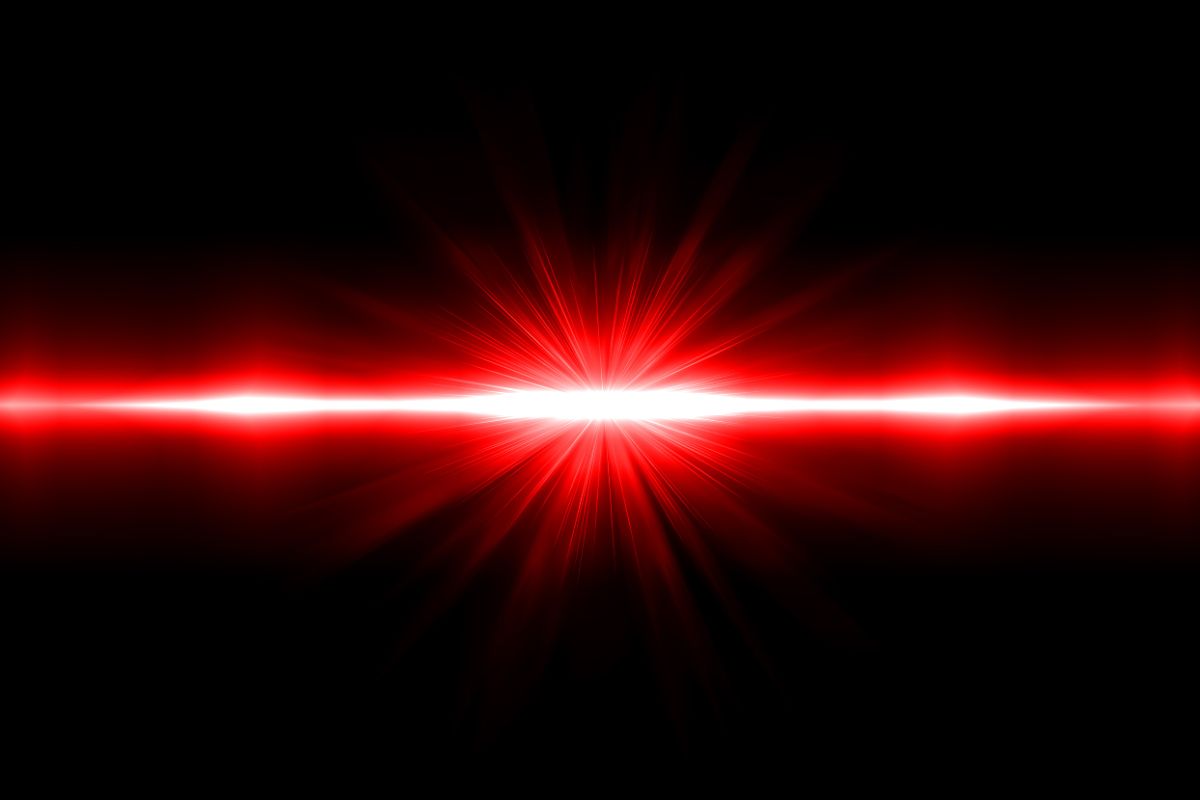Din handlekurv er nå tom!
Low-intensity LASER and LED (photobiomodulation therapy) for pain control of the most common musculoskeletal conditions.

Skrevet av
by Marcelo F DE Oliveira, Douglas S Johnson, Timothy Demchak, Shaiane S Tomazoni, Ernesto C Leal-Junior
Abstract: Pain is the most common reason for physician consultations and the number one reason for missed work or school days is musculoskeletal pain. Pain management is utilized for easing the suffering and improving the Quality of Life of those living with chronic pain. Over the past several decades, physicians have become increasingly willing to prescribe opioids to manage pain. However, the opioid use can cause side effects as poor coordination, sedation, mood swings, depression, and anxiety combined with a dependence on the drugs. In the rehabilitation setting, patients benefit most when their health providers utilize a multimodal approach combining different types of therapies and when patients take on a significant role in optimal management of their own pain. The use of light as a therapeutic alternative form of medicine to manage pain and inflammation has been proposed to fill this void.
Photobiomodulation therapy applied in the form of low-intensity Light Amplification by Stimulated Emission of Radiation (LASER) and light-emitting diode (LED) has been shown to reduce inflammation and swelling, promote healing, and reduce pain for an array of musculoskeletal conditions.
There is evidence that photobiomodulation therapy reduces pain intensity in non-specific knee pain, osteoarthritis, pain post-total hip arthroplasty, fibromyalgia, temporomandibular diseases, neck pain, and low back pain.
Therefore, the purpose of this paper was to present the up-to-dated evidence about the effects of low-intensity LASER and LED (photobiomodulation therapy) on pain control of the most common musculoskeletal conditions.
Key points: We observed that the photobiomodulation therapy offers a non-invasive, safe, drug-free, and side-effect-free method for pain relief of both acute and chronic musculoskeletal conditions as well as fibromyalgia.